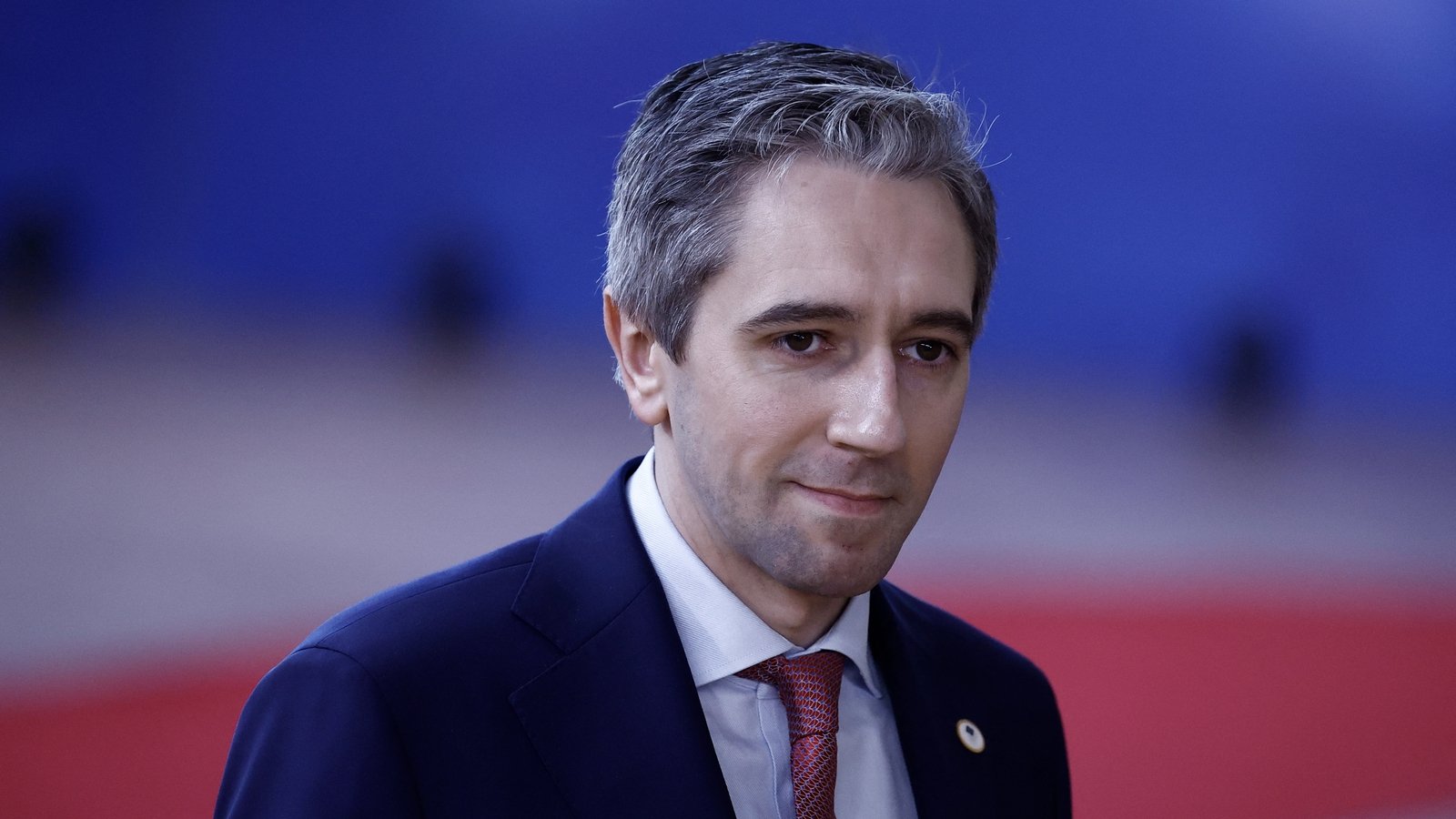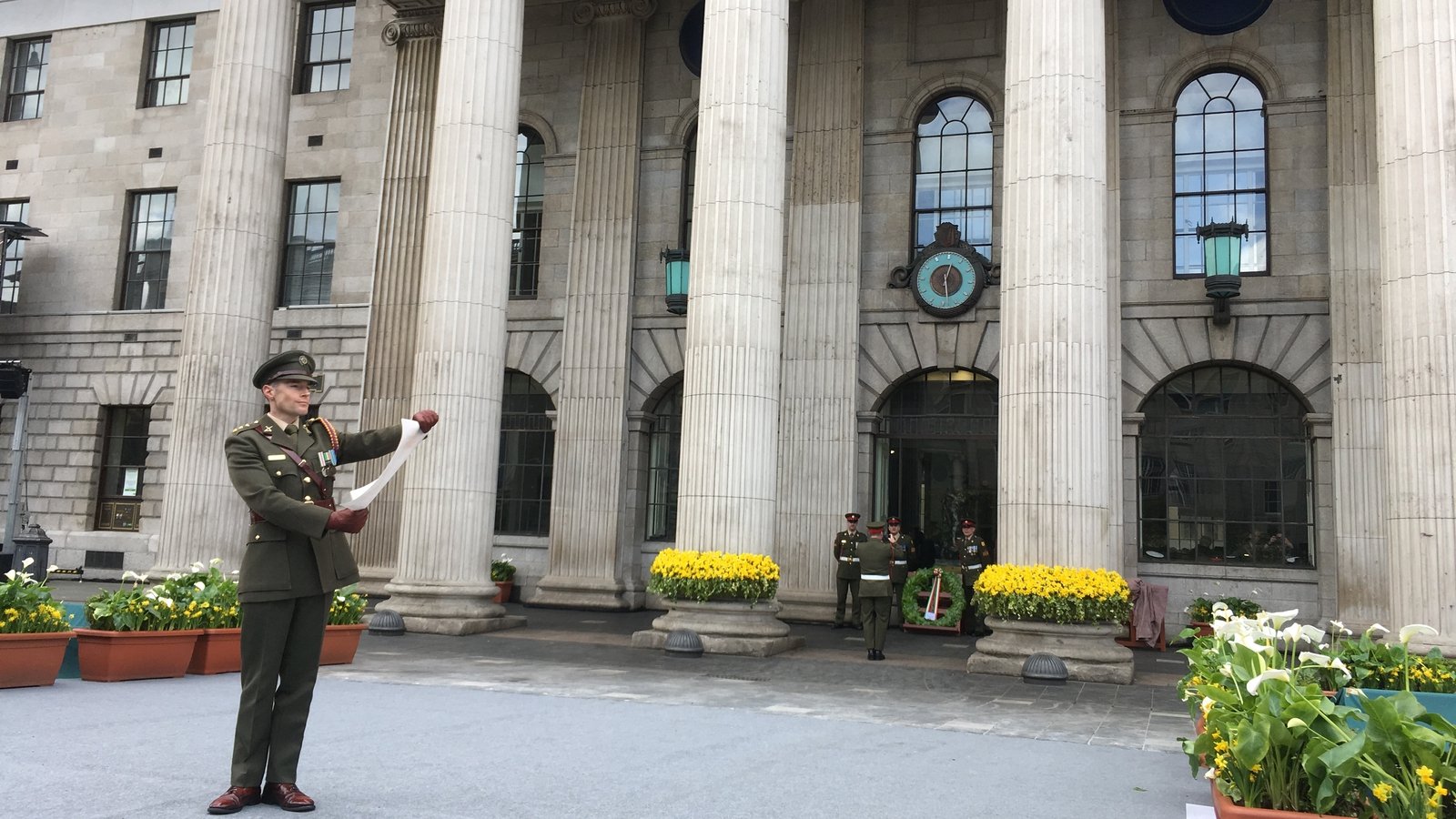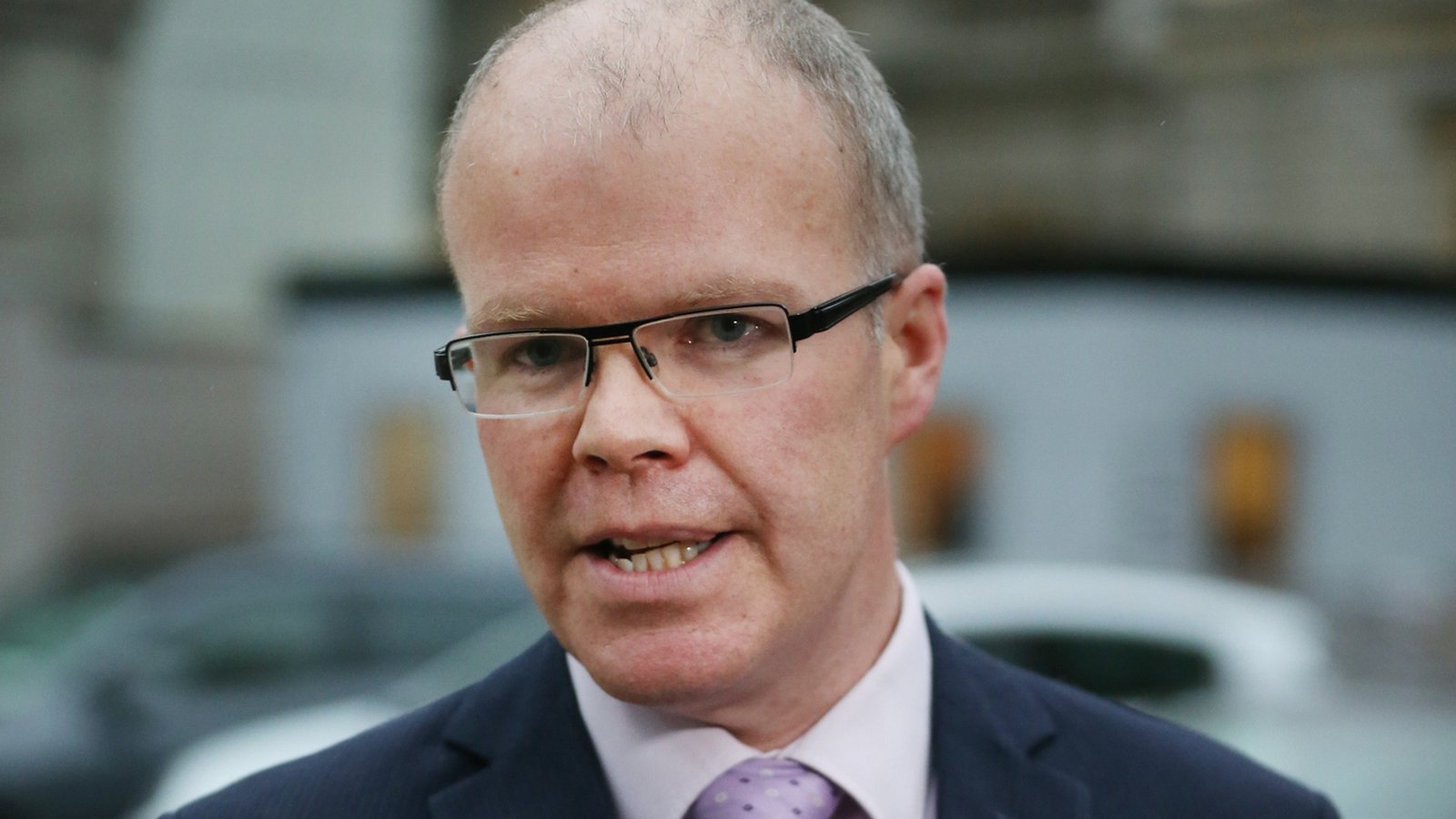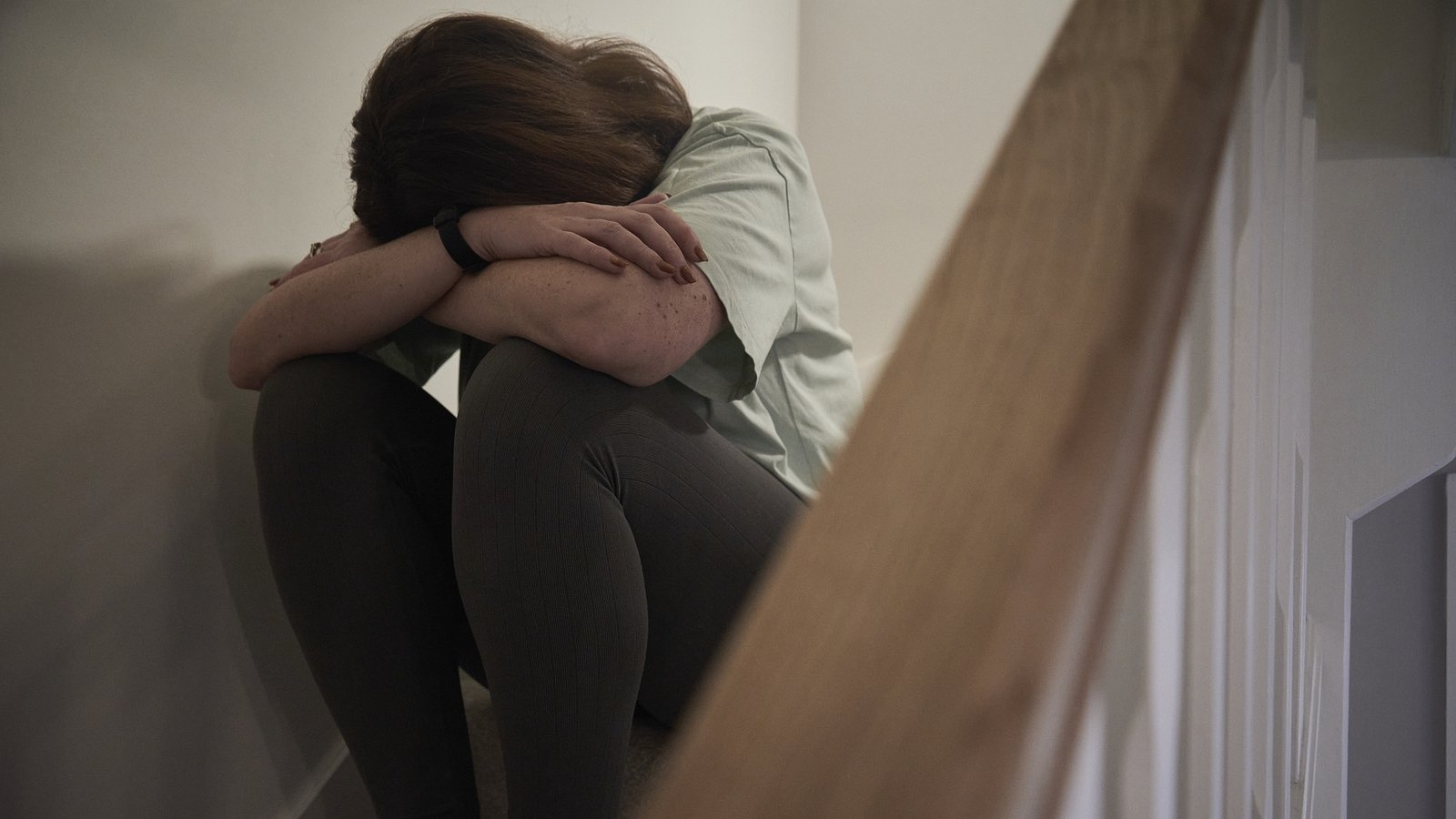Growing interest among farmers obtaining solar panels
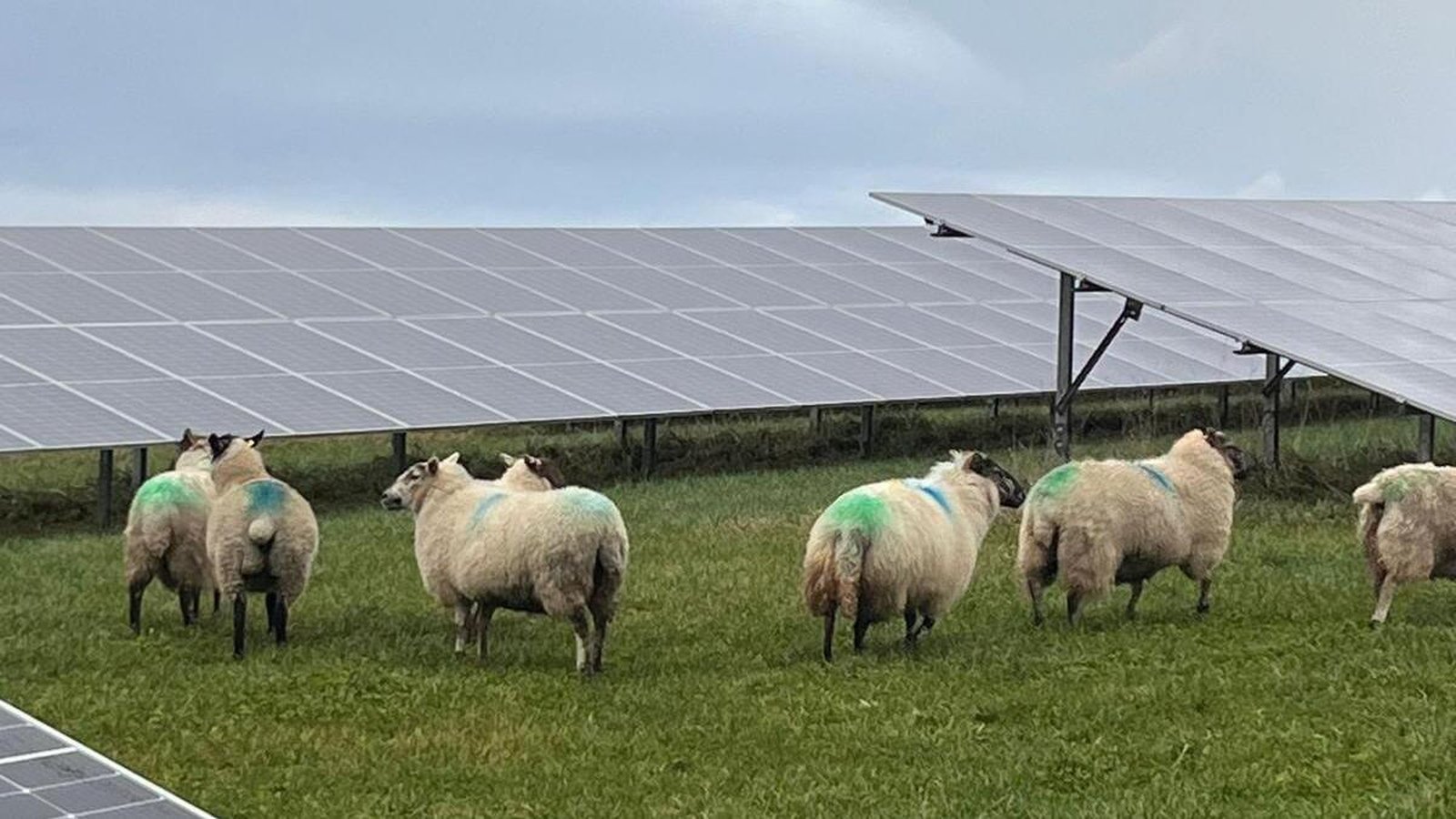
Solar is fast becoming a renewable energy source to reckon with in Ireland, having just hit 1GW of solar power on the national grid.
Ireland has about 5GW of wind on the national grid.
As an energy source, solar has a lot of catching up to do compared with other renewables in Ireland.
In 2023, the share of electricity demand from renewable sources was 41.5% and solar made up just 2.9% of the figure, according to statistics provided by Eirgrid.
According to the Climate Action Plan, Ireland needs to reach 8GW of solar power by 2030.
Fergus Sharkey of the SEAI said Ireland is likely to hit that target.
“We’ve added 1GW of solar already to the grid without even noticing it happening,” he said.
“Solar PV can be built very, very quickly,” Mr Sharkey said.
He identified the challenges as planning and consenting to solar farms and the speed at which those panels can be connected to the grid.
The most likely place for solar panels to be placed in Ireland is on farmland.
Energy and Rural Development Specialist with Teagasc Barry Caslin said they are already seeing a huge amount of interest from farmers in solar PV panels. He said the interest is in beef and sheep farmers.
“They see this as a farm diversification opportunity,” Mr Caslin said.

“They’re getting a rental income for their land on a yearly basis per acre or per hectare, which would have a higher return in terms of a gross margin per hectare in comparison to a beef enterprise or the typical returns that you get from a sheep enterprise,” he said.
“It would probably find it a bit more difficult to compete with the dairy income,” he added.
“We have over 80,000 beef and sheep farmers in the country,” Mr Caslin said.
He said: “So, there’s a lot of land that is occupied by farmers who are not making big returns per hectare.”
According to farmer Michael Quirk, who developed his own wind and solar farms on his land, solar PV offers farmers a reliable income.
For him, he said, putting on solar panels and wind turbines allowed him to secure his farm’s future.
Although he actually developed the panels himself, he said what developers are offering farmers is really attractive.
“The situation where land is let to developers is a win-win for farmers,” he said.
This is especially true as the average age of farmers in Ireland is on the rise.
According to Census 2022, one-fifth of farmers were over the traditional retirement age of 65 and a further 27% of farmers were 55 or older.
“There’s a lot of farmers reaching an age now where they want to get out of farming,” Mr Quirk said.
He added: “It can be more attractive than some of the alternatives of beef or sheep farming in terms of income.”
Mr Quirk said: “Sometimes farmers just get worn out and if a developer comes along and offers them a generous package for their land to lease for 30 years. I mean, who wouldn’t take it?
“Solar is here to stay. It’s only going to grow.”
On the developer side, the big thing they are looking for is a farm that is close to a substation and high-voltage lines.
“This is crucial,” said Jenny Howard, head of development at EDF Renewables Ireland.
“Solar farms need to be either within the immediate proximity of an overhead line or an existing substation connected to the National Grid that has capacity,” she said.
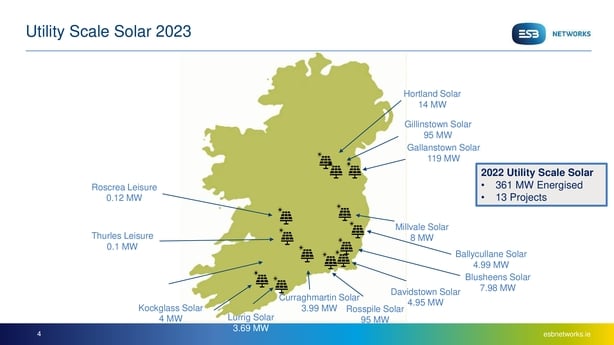
Once they are satisfied that the land meets their required characteristics, they approach farmers about leasing some of their land for solar panels.
“Generally, we try to present how beneficial solar can be,” Ms Howard said.
She said: “We’ve seen that solar farms can and do coexist with agricultural activities.
“Typically, panels would cover maybe 20%-40% of the land that we would obtain for a solar project…because there’s large gaps between the panels, we have sheep grazing on one of our operational solar farms,” Ms Howard said.
Michael Quirk was originally sceptical that sheep and solar could be farmed on the same piece of land but was pleasantly surprised.
So far, the sheep have not eaten anything they were not supposed to and they have the added advantage of keeping the grass around the panels down to a manageable level.
One of the other attractions for farmers is that solar is temporary.
Mr Quirk expects his solar panels to last him between 20 and 25 years, that will be enough to “see me out”.
After that, a new decision can be made about how the land is used.
Ms Howard said it is something developers say to farmers when approaching them about renting their land for solar PV panels.
“The temporary nature of solar farms also means that the land can continue to be used for farming while it’s operational,” she said.
“After the solar farm has been decommissioned, the land can be returned to its original use.”
A target of 8GW of solar energy would translate into about 12,000 hectares of land covered under solar PV between now and the end of the decade.
“We have about 4.6 million hectares of utilisable agricultural area in Ireland at the moment, 12,000 hectares is a very small proportion of that,” Barry Caslin said.
Ireland’s first wind farm was connected in 1992 but it was not until 2009 that 1GW of wind energy was on the grid. Solar hit the 1GW milestone in just two years.
“At a national level it’s beneficial that we have a diversity of renewable sources,” Fergus Sharkey said.
“You get more wind in the winter and more sun in the summer, so there’s a nice kind of synergy between solar and wind at a national level, which is why it’s going to help us sort of achieve our national targets and give us a more broad base of renewables over the course of the year,” he added.

